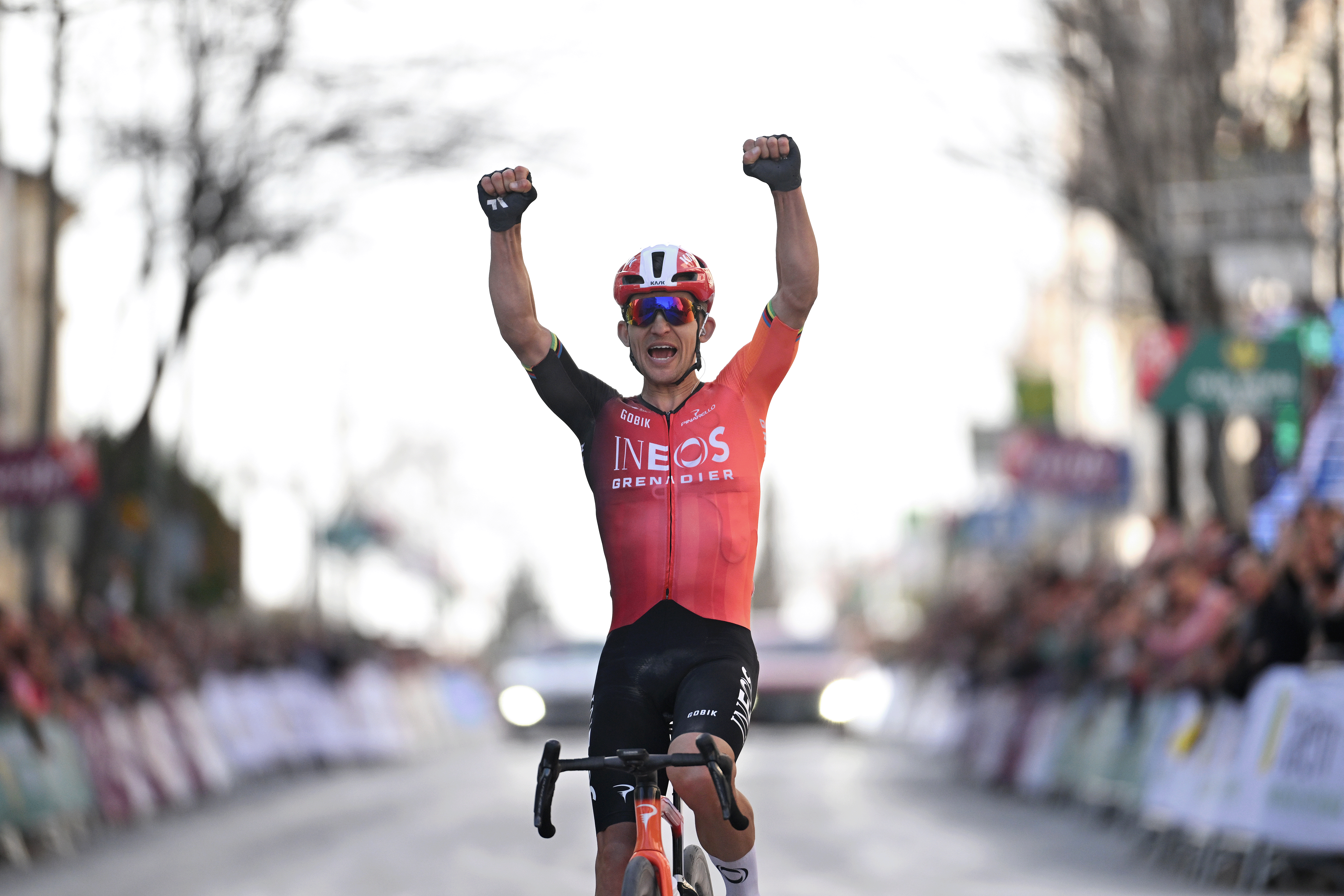Philippa York's Romandie prologue analysis
Time trial bikes and detailed recon give a decisive edge
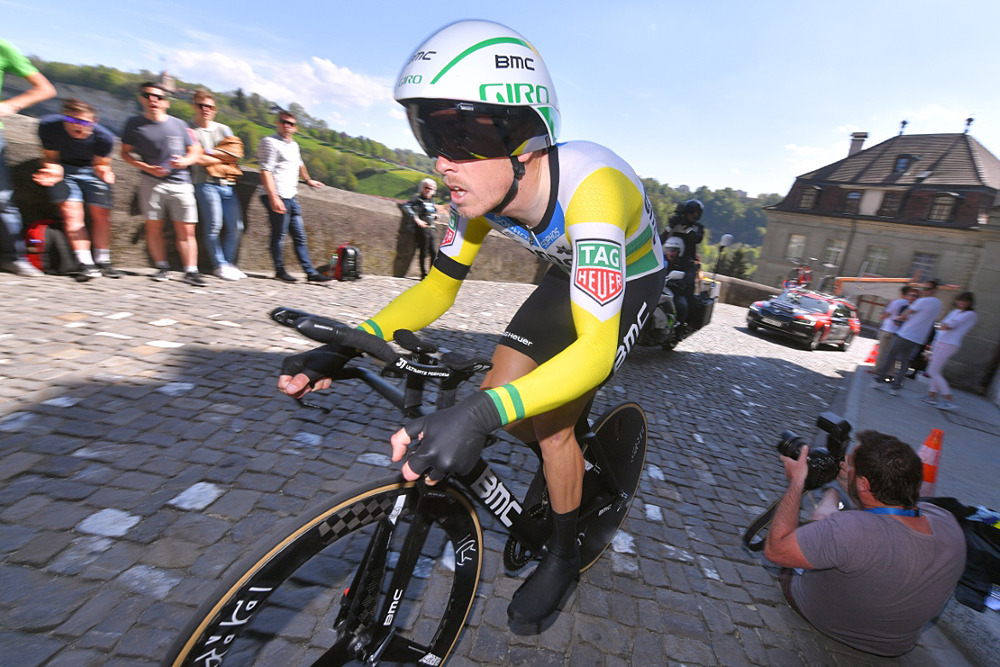
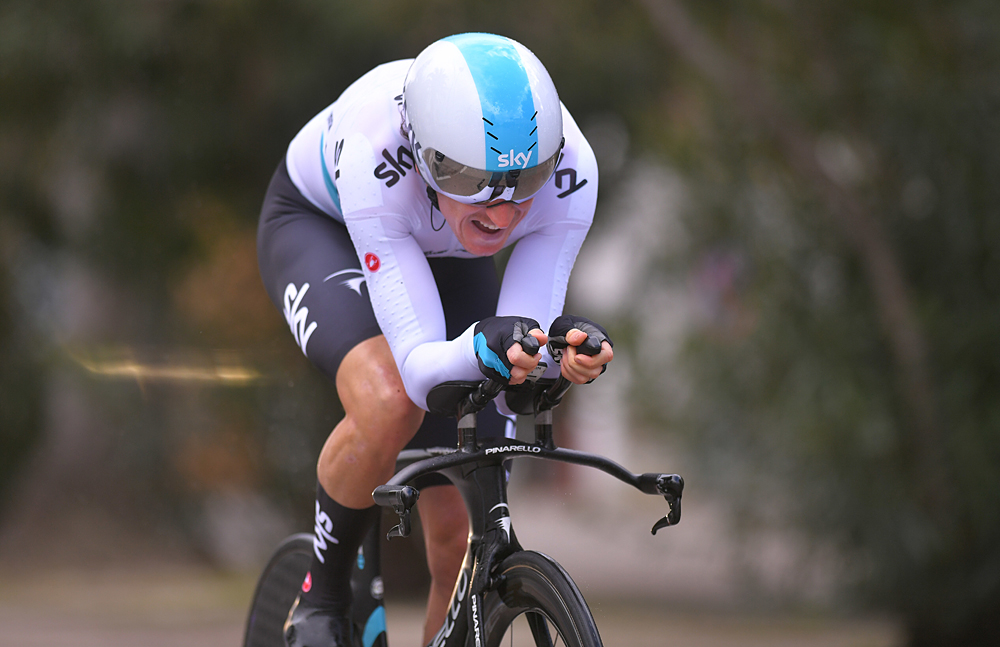
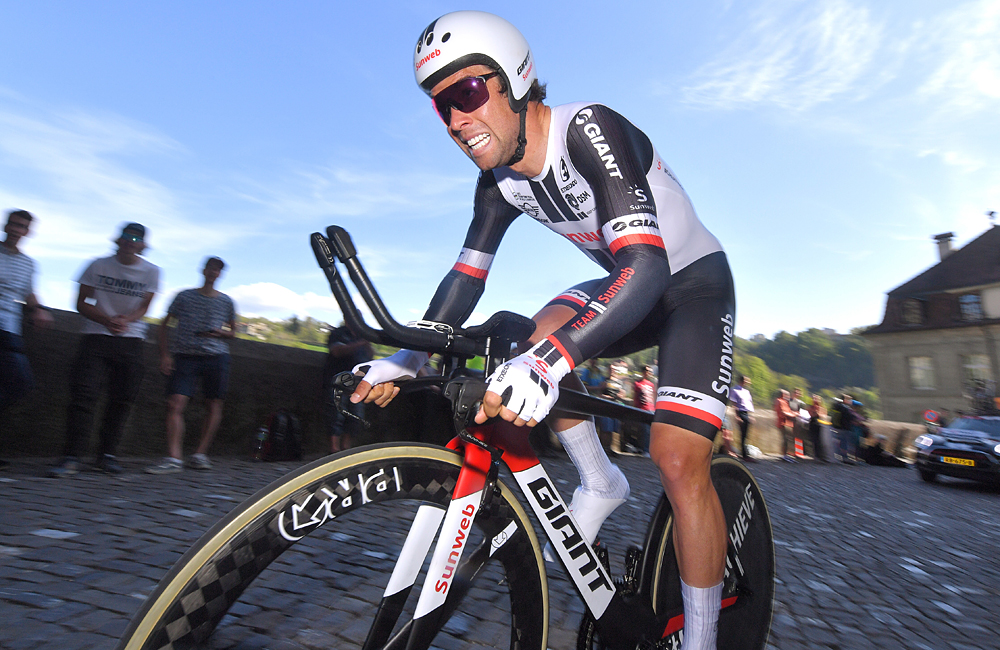
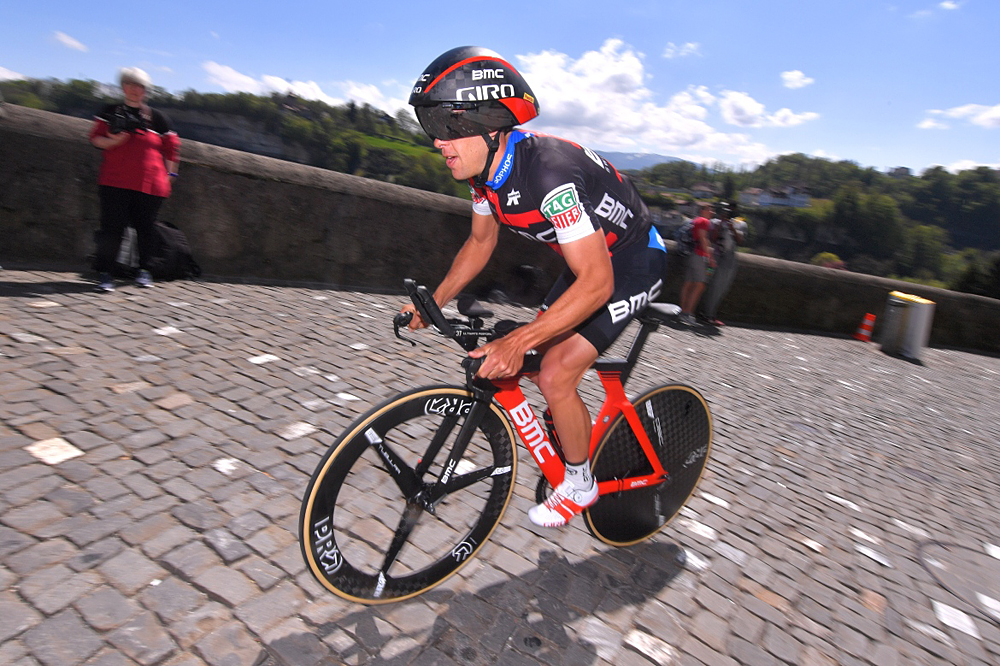
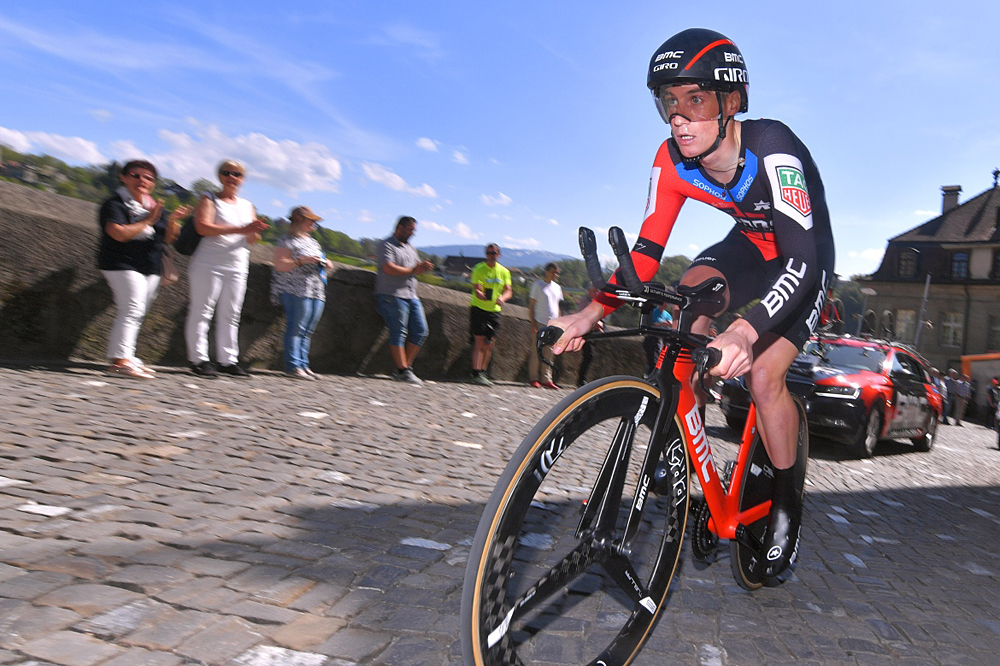
The Tour de Romandie has a reputation of kicking off proceedings with an entertaining prologue. This 2018 edition was no different, and served up a technical course with descents, cobbled climbs and a blast across the historically important and wooden Pont de Berne.
The dilemma for the riders, and subject of much discussion beforehand, was which bike to use: the road bike for the cobbled parts or the TT machine, which suited almost all the rest of the course.
Having walked the sections of the course open to the public and media - certain narrow sections were closed for safety - my choice would have been the TT bike. Let me explain how I reached that conclusion.
The downhill start was all doable on the lo-pro, the first two corners were bumpy but that was solved by a good turn-in point and line selection to avoid the worst sections. Then it was into a false flat that the roadies were riding out the saddle, using a bigger gear but one that didn't look any faster. The riders on their specialist time trial bikes spared themselves and saved energy by staying in the tuck and spinning a smaller gear quicker. Once over that section, the following descent down to the river allowed the time trial bikes to come into their own. The riders who opted for their TT machines looked notably faster. A tailwind and gentle descent helped make the most of the better aero positions but it also helped save energy before the final kilometre and the climb towards the line.
From the descent, riders were forced to brake going into another cobbled corner, race over the wooden bridge then move back down into their TT tuck before hitting the cobbles and the 15 per cent gradient. At that point, unless you're a strong Dutch or Belgian Classics type you had to sit in the saddle in order to get traction. So, while it might have been more comfortable to take on the cobbled climb on the road bike it wasn't fast enough to negate the advantage gained on the fast section by the river.
The real difference, however, was made on the flatter section just after the top of the climb as riders headed towards the finish line. By now everyone would have been on the limit and hurting but with the aero energy saving riders had a chance to get the last drops of power out. The best time triallists could stay seated, turning a lower gear until the final 100 metres of flattish sprint to the line. The TT bike definitely looked the way to go.
In the hours leading up to the prologue most of the riders tested out the course on both their road and time trial bikes. More aero wheels were swamped in and out, gear ratios played with, but come race time, most of the big hitters and TT specialists went for the most aero option.
The latest race content, interviews, features, reviews and expert buying guides, direct to your inbox!
Geraint Thomas, who finished sixth, spoke to us at the finish and admitted that he had pondered over whether to use his Pinarello Bolide or not, only deciding once he had followed Luke Rowe and seen how the course rode at race speed. Try as you might, it's not always possible to work out from the recce all the finer points, like the appropriate gearing.
"I was really undecided but in the end, the more laps I did on the TT bike, the more confident I felt. I think I made the right option. The road bike on the bumps and a few corners would have helped a bit but like I said I think made the right choice," he said. "I rode a 58x46 on the front too. I thought that I needed a big ring for that descent and I knew I wouldn't be climbing in the big ring."
Looking at the performances, most of the riders made the right call but equipment only played one part in the equation. Good legs, and excellent technique through the more technical sections, were also vital.
Philippa York is a long-standing Cyclingnews contributor, providing expert racing analysis. As one of the early British racers to take the plunge and relocate to France with the famed ACBB club in the 1980's, she was the inspiration for a generation of racing cyclists – and cycling fans – from the UK.
The Glaswegian gained a contract with Peugeot in 1980, making her Tour de France debut in 1983 and taking a solo win in Bagnères-de-Luchon in the Pyrenees, the mountain range which would prove a happy hunting ground throughout her Tour career.
The following year's race would prove to be one of her finest seasons, becoming the first rider from the UK to win the polka dot jersey at the Tour, whilst also becoming Britain's highest-ever placed GC finisher with 4th spot.
She finished runner-up at the Vuelta a España in 1985 and 1986, to Pedro Delgado and Álvaro Pino respectively, and at the Giro d'Italia in 1987. Stage race victories include the Volta a Catalunya (1985), Tour of Britain (1989) and Critérium du Dauphiné Libéré (1990). York retired from professional cycling as reigning British champion following the collapse of Le Groupement in 1995.

